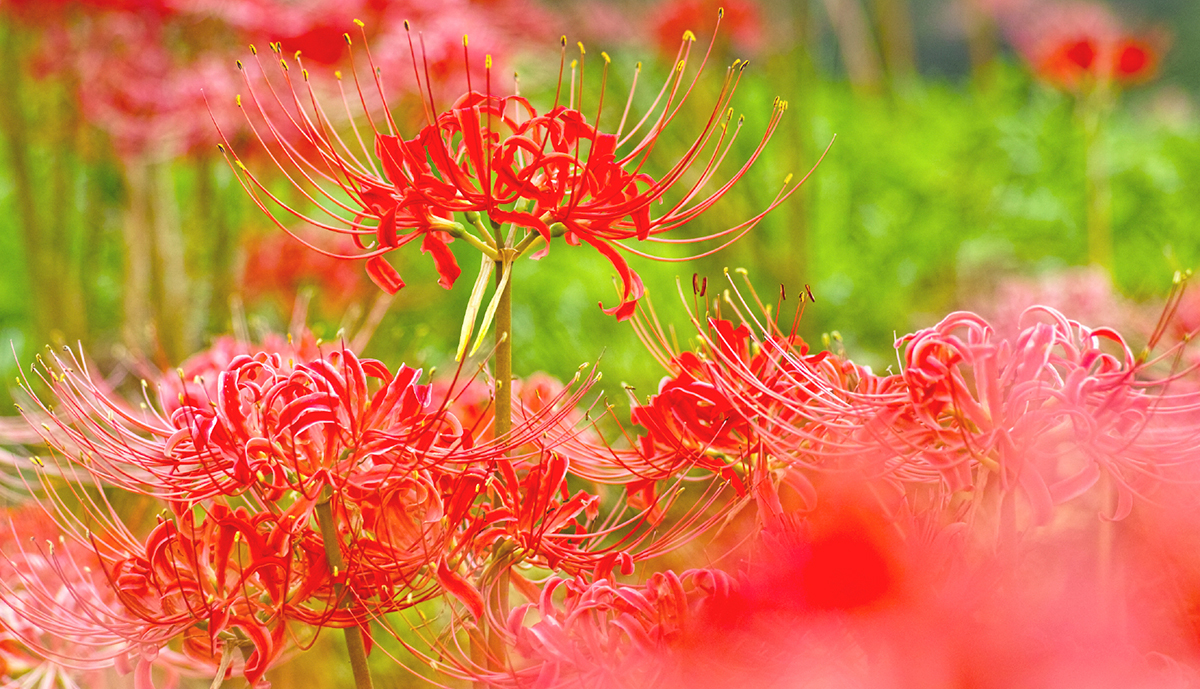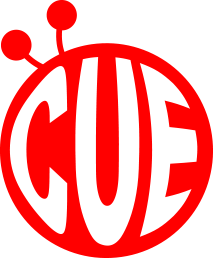日本文化を英語で説明しよう お彼岸~What is Ohigan?
日本文化を説明する時の
お役立ち英語ガイド

日本人にとって当たり前すぎて疑問にも思わないこと、外国人に聞かれて困ることありますよね? 起源や単語を調べて…、なんて結構大変な作業です。ここにまとめてみたので、会話したり指さしなどしてコミュニケーションしてみましょう。
お彼岸ってどんなもの?
What is Ohigan?
日本には毎年1年に2回、春と秋に「お彼岸」と呼ばれる時期があります。昼と夜の長さが同じ時間になる「春分の日」と「秋分の日」を挟んだ前後3日の合計7日間を「彼岸」と呼びます。それぞれ「春彼岸」と「秋彼岸」と区別されます。春分の日と秋分の日は国民の祝日となっています。
Ohigan is a traditional week-long seasonal event held in Japan each spring and autumn. It centers on the spring equinox (haru-higan) and autumn equinox (aki-higan), with the equinoxes being public holidays.
日本には、「暑さ寒さも彼岸まで」という言葉があります。春彼岸を過ぎると昼が長くなって暖かくなり、秋彼岸を過ぎると夜が長くなって寒くなるので、こう呼ばれます。
There is a Japanese saying that "no heat or cold remains after the equinox", which recognizes the equinoxes as boundaries between seasons. With haru-higan passing the days become longer and warmer as summer approaches, and following aki-higan people anticipate the arrival of winter.
お彼岸には家族でお墓参りをします。この期間に先祖の供養をすることで極楽浄土へ行くことができると信じられていたので、現在でもお彼岸にお墓参りをする習慣が残っています。
During Ohigan, families visit the graves of relatives and hold memorial services for their ancestors. It is believed that those doing so will be rewarded with happiness in the afterlife. This is one of the reasons why this traditional event is still held in present day Japan.
2016年の春彼岸は、「彼岸入り」は3月17日、「彼岸の中日」 は3月20日(春分の日)、「彼岸明け」が9月23日です。また、2016年の秋彼岸は、「彼岸入り」は9月19日 「彼岸の中日」 は9月22日(秋分の日)、「彼岸明け」が9月25日です。
In 2016, haru-higan runs from March 17th (higan-iri) to 23rd (higan-ake) with the spring equinox on the 20th (shunbun no hi). Aki-higan runs from September 19th to 25th with the autumn equinox on the 25th.

ライタープロフィール●Yurika L Fabre
結婚して10年目を迎えたオーストラリア人の夫と、ハーフの子どもたちと都内在住。アメリカ留学やひとり縦断旅、オーストラリアでのワーキングホリデーや大学生生活、仕事を経て学んだ文化や言葉の違いの面白さについて発信している。



















